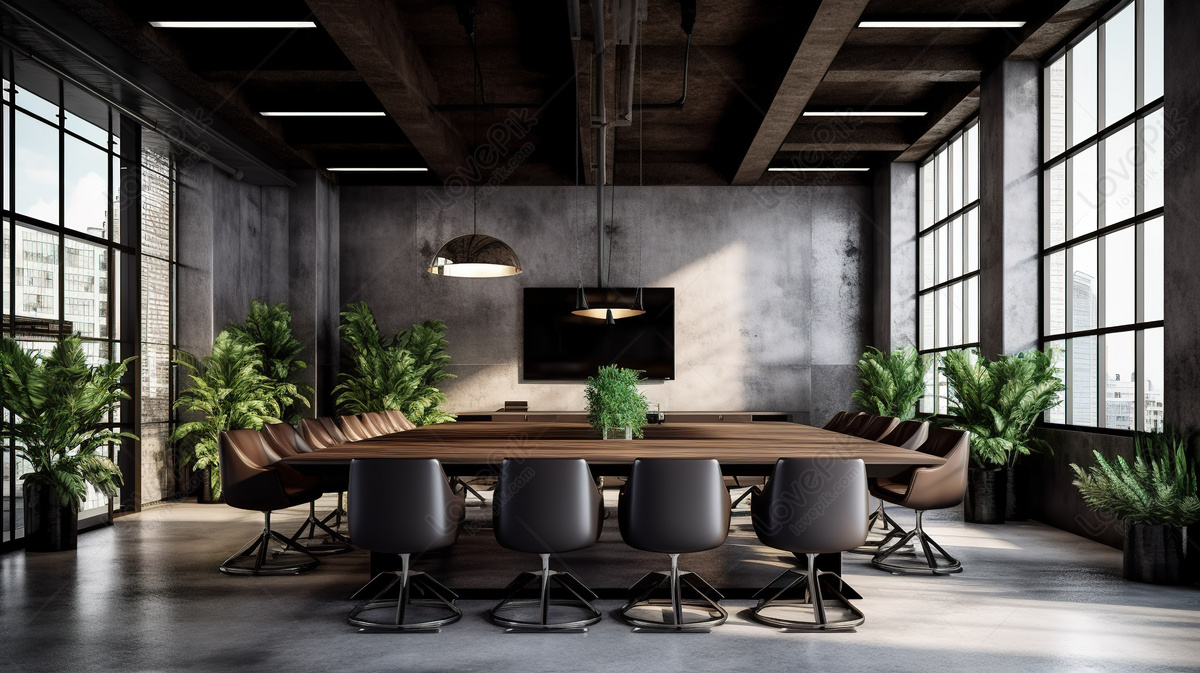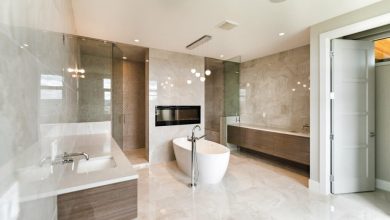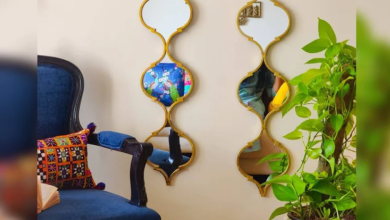Understanding the Importance of a Conference Table in Modern Workspaces

The conference table has long been a staple of workplaces, symbolizing collaboration, decision-making, and teamwork. As businesses evolve and adopt new ways of working, the design and functionality of the Conference Table have become more critical than ever. In this article, we explore why the conference table is a vital component of any office and how to choose the right one for your workspace.
The Role of the Conference Table in Collaboration
A conference table is more than just a piece of furniture; it is the centerpiece of collaboration. Whether it’s a brainstorming session, client meeting, or team discussion, the table fosters an environment where ideas flow freely. The physical act of gathering around a central point encourages communication and helps build relationships, making it an essential asset for any company striving to enhance teamwork.
Designing for Productivity
Modern conference tables are designed with productivity in mind. From ergonomic considerations to integrated technology, the goal is to create a space that supports efficient workflows. Adjustable heights, built-in power outlets, and cable management systems are some of the features that can enhance the usability of a conference table. By investing in a well-designed table, businesses can boost productivity and create a more comfortable meeting environment.
Material Matters: Choosing the Right Conference Table
The material of a conference table plays a significant role in its durability, aesthetics, and functionality. Wood, glass, and metal are some of the popular choices, each with its unique advantages. Wooden tables offer a classic and professional look, while glass tables exude a modern and sleek appeal. Metal tables, on the other hand, are known for their durability and industrial charm. Understanding the pros and cons of each material can help you make an informed decision based on your workspace needs.
Conference Table Shapes and Their Impact
The shape of a conference table can influence the dynamics of a meeting. Rectangular tables are ideal for formal settings and can accommodate a large number of people. Round tables, in contrast, promote equality and encourage open communication, making them suitable for collaborative discussions. Oval and boat-shaped tables are hybrids that combine the benefits of both rectangular and round designs, offering versatility and a modern aesthetic.
Incorporating Technology in Conference Tables
In today’s digital age, technology integration is a must for conference tables. Features such as USB ports, wireless charging stations, and built-in audio-visual systems can elevate the functionality of a meeting space. These additions not only streamline operations but also reflect a forward-thinking approach, which can leave a positive impression on clients and employees alike.
Customizing Your Conference Table
Every office is unique, and a one-size-fits-all approach doesn’t always work. Customizing your conference table allows you to tailor it to your specific needs. Options such as size, color, material, and additional features can be adjusted to match your brand identity and office decor. Customization ensures that your table is not only functional but also an extension of your company’s personality.
The Conference Table as a Reflection of Your Brand
A conference table is often a focal point in an office and can speak volumes about your company’s values and culture. A sleek and modern table can convey innovation and forward-thinking, while a traditional wooden table might suggest stability and professionalism. Investing in a conference table that aligns with your brand image can enhance the overall perception of your business.
Sustainability in Conference Table Design
Sustainability has become a key consideration in office furniture design, including conference tables. Many manufacturers now offer eco-friendly options made from recycled materials or sustainable wood. Choosing a sustainable conference table not only benefits the environment but also aligns your business with growing consumer and employee demand for eco-conscious practices.
Maintaining Your Conference Table
Proper maintenance is essential to ensure the longevity of your conference table. Regular cleaning and care can prevent damage and keep the table looking its best. For wooden tables, using specialized polishes can maintain their sheen, while glass surfaces require streak-free cleaning products. Paying attention to maintenance can extend the life of your investment and keep your workspace looking professional.
Maximizing the Impact of Your Conference Table
The placement of a conference table can significantly influence its impact. Positioning it in a well-lit room with comfortable seating and minimal distractions creates a conducive environment for productive meetings. Adding elements such as artwork, plants, or a statement lighting fixture can further enhance the ambiance of the space.
Future Trends in Conference Table Design
As workplaces continue to evolve, so do conference tables. Future trends point toward modular designs that offer flexibility and adaptability. Tables with smart features, such as touch screens and voice-activated controls, are also gaining popularity. These innovations aim to create more dynamic and interactive meeting experiences, keeping pace with the demands of modern businesses.
Conclusion
A conference table is more than just a piece of furniture; it is a symbol of collaboration, innovation, and professionalism. By carefully selecting a table that meets your office’s needs and reflects your brand’s values, you can create a space that fosters productivity and leaves a lasting impression. Whether you’re designing a new workspace or upgrading an existing one, investing in the right conference table is a decision that pays dividends in the long run.








